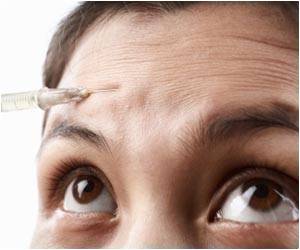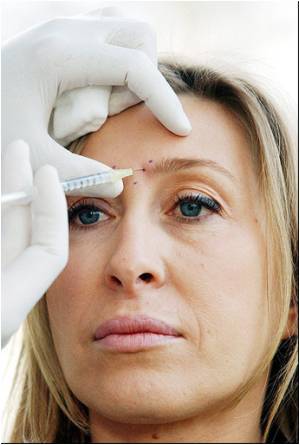- Ozempic, a medication used to treat type 2 diabetes, has been found to cause weight loss in patients
- Rapid weight loss can cause changes in the skin, including sagging, wrinkles, and loose skin
- There are various non-surgical and surgical treatments available, such as body contouring and skin tightening procedures, that can help improve the appearance of the skin after significant weight loss
What is Ozempic Face?
“Ozempic face” is the term used to describe the changes that occur in the face due to weight loss. As the body loses fat, the face can appear gaunt, hollow and aged. The skin can also become saggy and loose. These changes can make the individual appear older than they are and can be a source of frustration for those who are trying to improve their health.Treatment of Ozempic Face
Fortunately, there are treatments available that can help to address the “Ozempic face” and restore a more youthful appearance. Let’s take a look at some of the most effective options.Dermal fillers
Dermal fillers are a popular option for addressing sagging skin and loss of volume in the face. These injections can add volume to the cheeks, chin, and other areas that have lost fullness due to weight loss. Dermal fillers are made from hyaluronic acid, a substance that occurs naturally in the body and can last anywhere from six months to two years.
Ultherapy
Ultherapy is a non-invasive treatment that uses ultrasound energy to lift and tighten loose skin on the face, neck, and décolletage. The treatment stimulates the production of collagen, which helps to improve skin elasticity and firmness. Ultherapy can be an effective option for individuals who want to address “Ozempic face” without undergoing surgery.
Laser skin resurfacing
laser skin resurfacing is a treatment that uses a laser to remove the outer layer of skin, revealing smoother, younger-looking skin underneath. The treatment can be used to address fine lines, wrinkles, and other signs of aging caused by weight loss. Laser skin resurfacing can also help to improve skin texture and tone.
Fat transfer
Fat transfer is a surgical procedure that involves removing fat from one area of the body and injecting it into another area that has lost volume. This can be an effective option for individuals who have lost volume in their faces due to weight loss. Fat transfer can provide natural-looking results and can last for several years.
Thread lift
A thread lift is a non-surgical treatment that uses dissolvable threads to lift and tighten sagging skin on the face. The threads are placed under the skin and can provide an instant lift, as well as stimulate collagen production for longer-term results. Thread lifts can be used to address sagging jowls, nasolabial folds, and other areas that have lost volume due to weight loss.
In conclusion, while “Ozempic face” can be a frustrating side effect of weight loss, there are treatments available that can help to restore a more youthful appearance. Whether you opt for non-invasive options like Ultherapy and thread lifts, or more invasive options like fat transfer and laser skin resurfacing, it’s important to work with a qualified provider to find the best treatment plan for your needs. With the right approach, you can achieve the body and the face you desire.
















